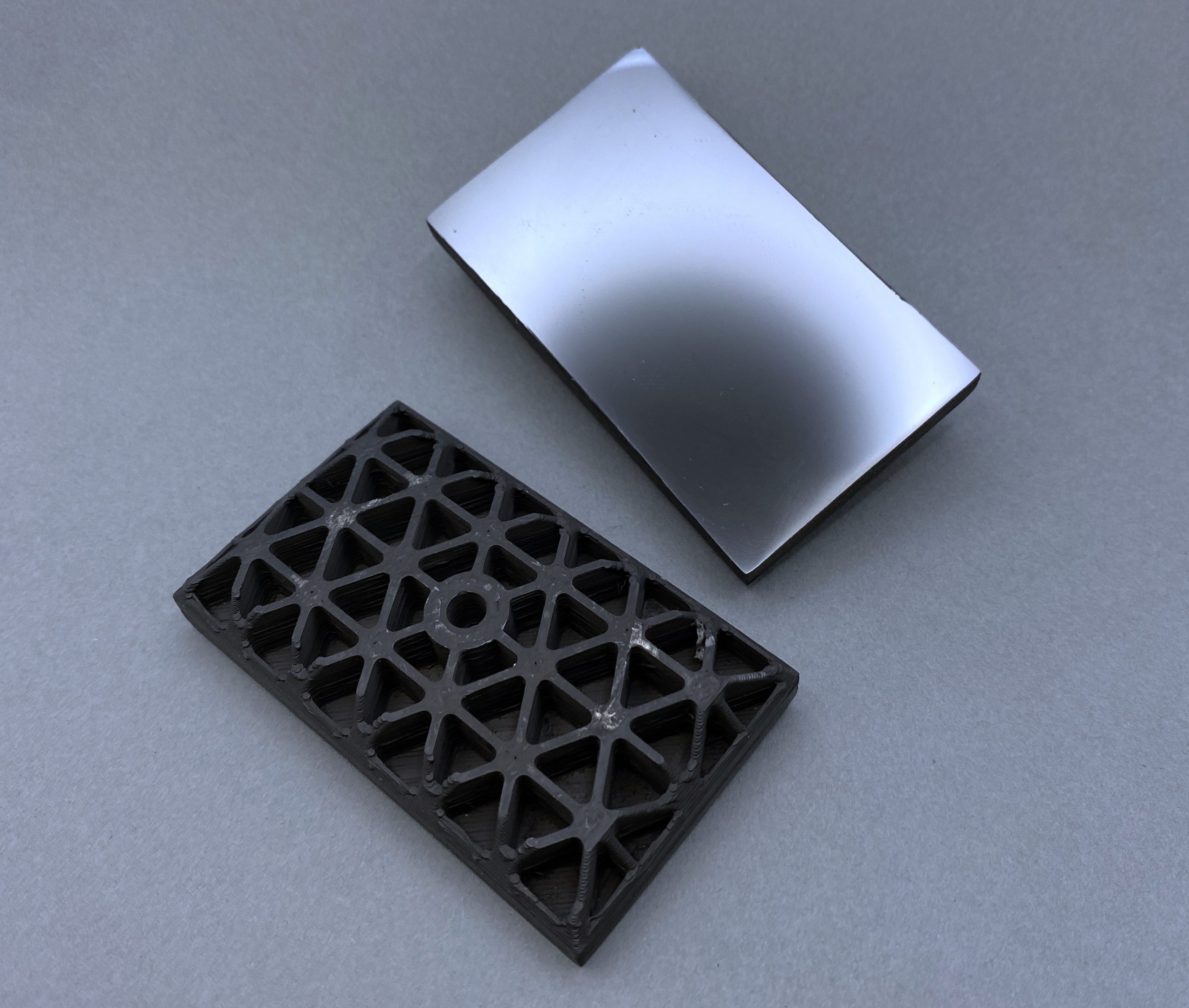
Safran Reosc, a subsidiary of Safran Electronics & Defense and part of its Space Division, is a world leader in high-performance optomechanical systems. With a focus on designing and manufacturing premium optical components for Astronomy, Space, Defense, and the laser industry, Safran Reosc has established a reputation for delivering cutting-edge solutions for over 85 years. Their expertise lies in the mastering of polishing processes to reach nanometer class optical surfaces on most of the suitable materials, ceramics mainly. In charge of the development of the processes that allows Safran Reosc to keep its leadership, Jacques Rodolfo, Research and Technology Program Manager at Safran Reosc, is on a mission to enhance Safran Reosc’s manufacturing processes for space mirrors.
The Challenge
Traditional ceramics manufacturing processes and the use of Silicon Carbide always come with high costs and long lead times, in order to overcome these obstacles, Safran Reosc is actively exploring the potential of Zetamix SiC filament.
The plan would be to use the potential of topological optimization to produce new designs of mirrors that would not be accessible by the standard ceramics manufacturing process, and to print mirrors that will be better suited to the polishing process.
By leveraging the SIC innovative filament, Jacques Rodolfo and his team aim to revolutionize space mirror manufacturing by improving flexibility, reducing cost, and optimizing the polishing process.

The SIC Filament
The SIC filament can be considered as a perfect material for Safran Reosc’s Space mirror manufacturing needs, since it has a very high specific stiffness and a very good thermal conductivity which is beneficial for thermal behavior in space environment.
Safran Reosc plans on leveraging the filament’s capabilities to print prototype space mirrors of size up to 200mm, not only to gain cost savings but also to open up new design possibilities. The shift towards 3D printing highlights the importance of additive manufacturing in overcoming the limitations of conventional processes by allowing the creation of hollow parts and organic shapes and enabling the production of space optics with unparalleled quality, shorter lead times, and increased productivity.